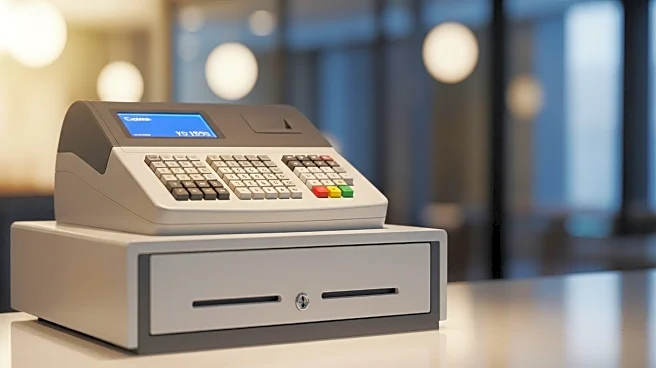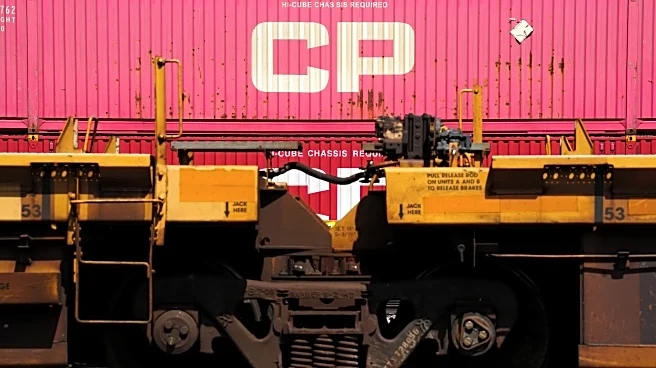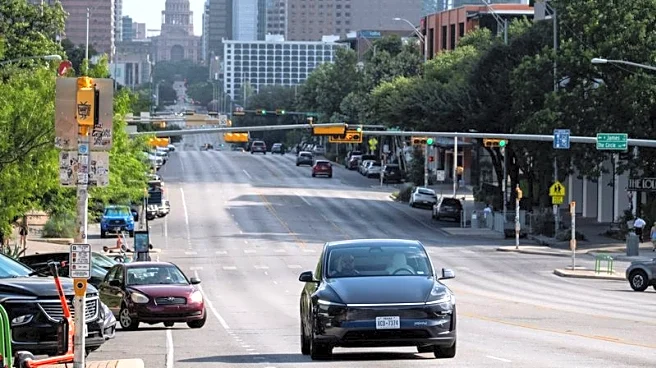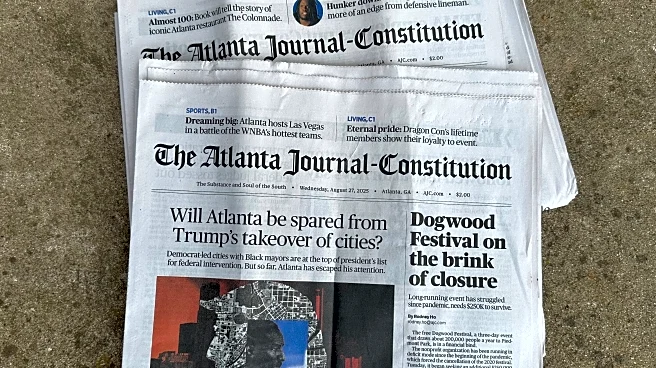What is the story about?
What's Happening?
Uber has expanded its cash payment option for rides to several more cities, including Los Angeles, San Diego, Tampa, and Jacksonville, Florida. This feature allows riders to pay drivers in cash upon reaching their destination, aiming to serve underbanked customers who lack access to electronic payment methods. While this move opens Uber's services to a broader audience, it has raised concerns among drivers about safety and logistical challenges. Drivers can opt out of accepting cash rides, but those who do may face risks associated with handling cash, such as becoming targets for theft.
Why It's Important?
The introduction of cash payments by Uber is significant as it addresses the needs of underbanked individuals, potentially increasing accessibility to ride-hailing services. However, it also poses safety risks for drivers, who may become targets for criminals if they accumulate cash. This development highlights the ongoing challenges in balancing inclusivity with safety in the gig economy. The move could influence other ride-hailing services to consider similar options, impacting industry standards and driver safety protocols.
What's Next?
As Uber continues to pilot the cash payment option, it may need to implement additional safety measures to protect drivers. This could include enhanced identity verification processes for riders and more robust guidelines for handling cash transactions. The company may also need to address potential disputes over payment and ensure drivers are compensated fairly. Stakeholders, including driver advocacy groups, may push for further safety enhancements and monitoring of crime rates related to cash payments.
AI Generated Content
Do you find this article useful?
















